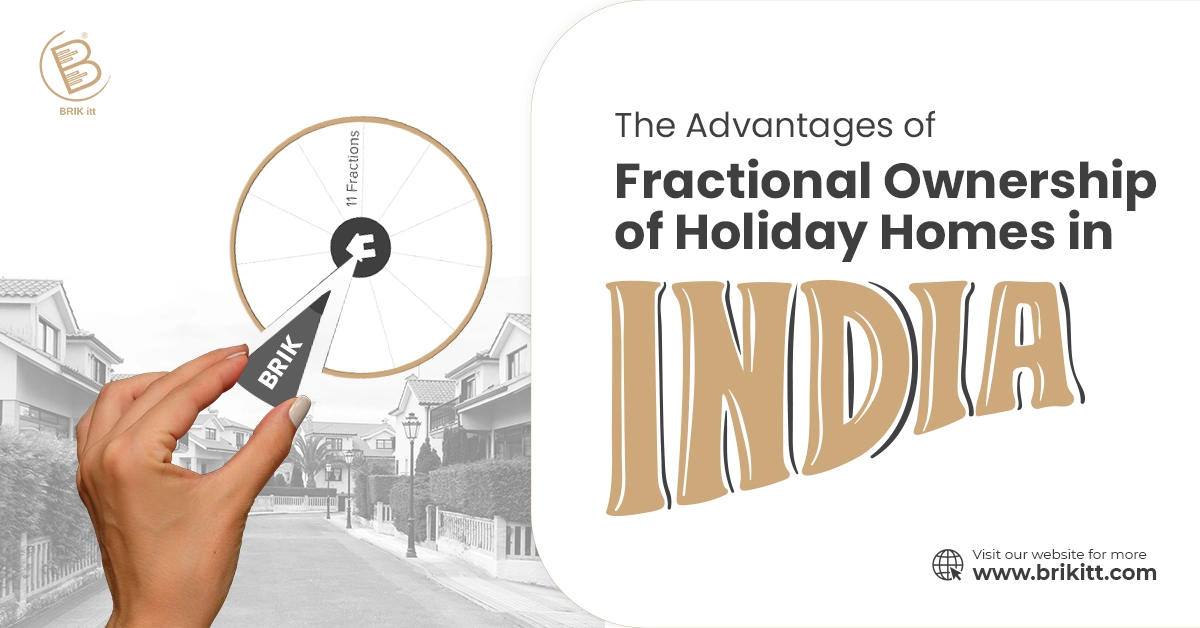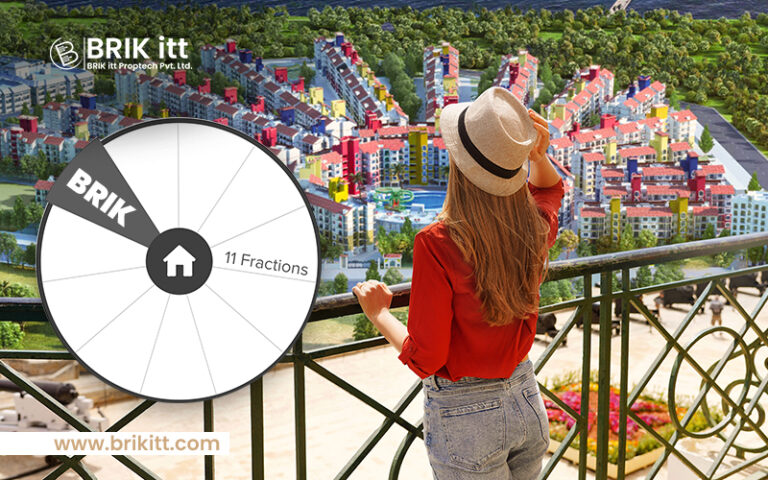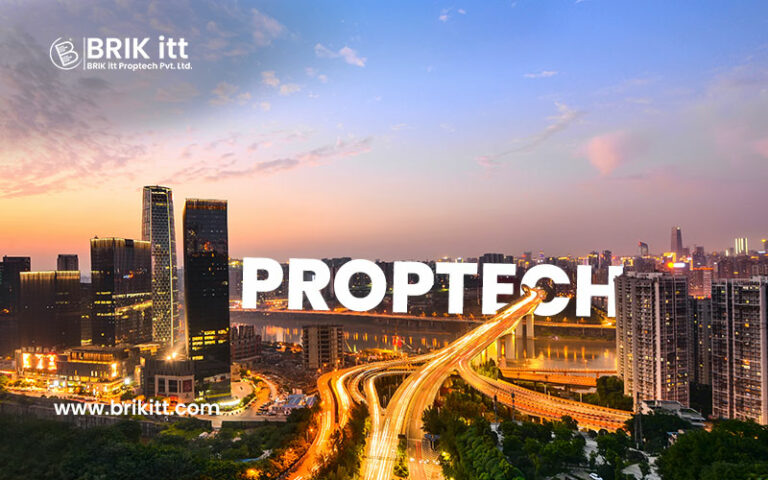Many of us are longing for a great view, a quick dip, a deep breath — that’s only some of what a second home can offer. Yet owning a whole second home is unattainable and impractical for most of us. Enter the shared ownership property industry. It’s offerings include timeshares, fractional ownership, private residence clubs and destination clubs. Let’s break down how each one works, and add a smart, modern option to the mix.
Timeshare Timeshares, introduced in India in 1980’s, are a way to buy the right to use a property for a specific amount of time. That means no true property ownership and no gained equity. Because dozens of parties own the same timeshares, a unit could have up to 52 owners. In most cases, buying a timeshare means paying for week-long access to a condo, apartment or resort room. According to the Indian Resort Development Association, timeshare units sell for an average upfront unit price of 5 lacs , plus yearly maintenance fees, which often increase over time. The value of timeshares has long been debated. While upfront costs are relatively low when compared to owning a whole second home, depreciation is high and resale opportunities are uncertain.
Fractional ownership Fractional real estate ownership is a method of purchasing an ownership interest in a property with others so costs can be shared. Fractional ownership is most often seen in condo and resort communities, and typically involves 6–14 owners. Each owner holds an equal part of the real estate title while reducing liability toward maintenance and taxes. And while a traditional timeshare limits access to the property to one to two weeks per year, fractional ownership can allow access to the home for four weeks or more per year, depending on the number of owners.
Private residence club Private residence clubs are similar to fractionals, in that both offer ownership interest in shares of vacation homes. However, private residence clubs, frequently operated by luxury hospitality chains, add amenities typically found in high-end hotels. These clubs often sell condominiums that have access to the club’s golf courses or ski resorts, along with maid-cleaned rooms and turndown service. Owners also gain access to other properties in the chain’s portfolio. Entry-level prices start at around 25 lacs at the lower end of the market, and can easily exceed to 1 crore for a private club in a prime location. Like fractional ownership, club properties can gain equity, but like timeshares, owners face hefty annual fees, on average between 1 lacs and 5 lacs.
Destination club A destination club grants members proprietary access to its services, which in this case means high-end vacation homes on a non-equity basis in various locations around the world. Prioritizing flexibility and choice, members eschew a traditional mortgage payment in favor of membership tiers that offer levels of reservation priority, personalized services, and amenities like beach clubs, private chefs and high-end spas. Prices are similar to private residence clubs, though properties are usually luxury single-family homes. Inventory is based on availability and can sell out quickly during peak times in popular areas.
The BRIKitt Model So that’s fractional ownership vs. timeshares vs. clubs. Then there’s BRIKitt. BRIKitt professionally managed PLC co-ownership model offers a better, smarter, more modern way to own a second home. It’s as if a few families came together to purchase a home, but without any of the risk and hassle associated with the co-ownership process.
BRIKitt offers:
- True real estate property ownership that moves in value with the whole-home market. As a true owner, any equity realized is yours.
- Ownership of a single-family home, not just the right to use a condo or hotel room.
- A smaller owner group. Instead of up to 52 owners with timeshares, a BRIKitt has a maximum of 11.
- Exclusive use by owners and their guests, and it’s up for grabs in a rental pool and on third-party websites only if it is underutilized by the owners.
- Dramatically lower operating costs with zero markup on items such as property management and repairs.
- Streamlined and standardized resell approach — just like a whole home.
Less expensive and more accessible, BRIKitt puts the joys of true second home ownership within reach.








